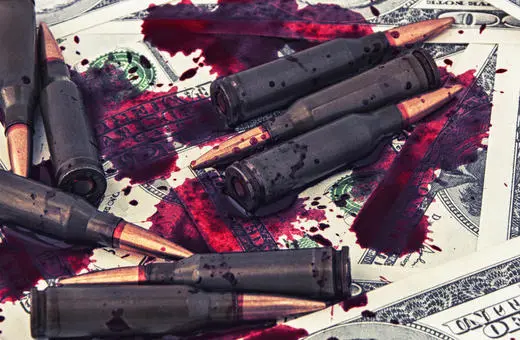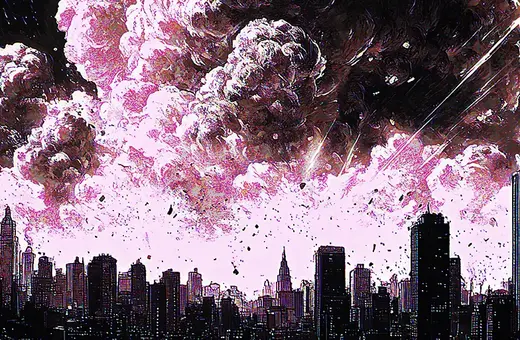The recent death of Yevgeny Prigozhin, former leader of the Wagner Group, represents not just a consolidation of power by Putin, but also the culmination of a strategic shift in Russia's warfare methods. Lasha Tchantouridze argues that the Wagner Group has served its purpose in Ukraine by providing a human shield for the Russian military while it reoriented towards old and tested Soviet methods. This new adoption of old ideas marks a pivotal moment in the trajectory of the war, significant enough to alter its outcome.
Observers of the war in Ukraine have noted that the Russian army has done considerably better in 2023 than last year. Ukraine’s ground offensive of 2023, aimed at recapturing the territory lost to the Russians in 2022, has progressed slowly and methodically. Still, the Russians have so far avoided significant concessions and even managed occasional counterattacks. Ukraine's slow progress has been primarily due to the Russian troops' good battlefield and logistics organization. By comparison, Russia’s 2022 campaign was dominated by chaos and confusion. The infamous “meat grinder” push for Bakhmut, headed by the recently deceased Yevgeniy Prigozhin, head of the Wagner Group, is what separates these two distinct phases of the war in Ukraine. The chaos of the first months of the war were the direct product of the 2008-2021 unsuccessful military reforms initiated by Putin and guided by General Valery Gerasimov. What’s responsible for the change of fortune the second year of the war has been the reversal of those reforms and a return to old Soviet military textbooks on defensive operations. Thus important shift in strategy could alter the outcome of the war.
Putin's military reforms over the past decade centered around a fundamental concept: elevating mechanized infantry battalions as the primary organizational unit on the battlefield. This was a replacement of the slower and less effective Soviet-style regiments and divisions that proved inadequate during the campaign in Afghanistan in the 1980s, as well as the 1st and 2nd Chechen wars. To address the limitations of the modestly sized 500-member Soviet-style battalions, the reform strategy aimed to restructure them into entities known as battalion tactical groups, or BTG, each comprised of 800 to 900 personnel. Official Russian government data indicates that prior to the Ukraine invasion, approximately 170 such combat-ready battalion tactical groups existed within the Russian army, purportedly maintained in a state of combat readiness. Notably, more than 120 of these units were engaged in active military operations in Ukraine over an eight-month period from February to October 2022. Dimitry Utkin, a former Russian special forces officer, organized the mercenary forces of the Wagner group alongside the same new battalion tactical group logic as the Russian military; he was also killed on August 23rd in a plane crash alongside Prigozhin.
___
Even though they performed well during the first Ukraine invasion in 2014, as well as in Syria, where they faced relatively ill-equipped and ill-trained opposition, they completely faltered when they encountered a battle-ready and determined armed force in Ukraine.
___





















Join the conversation